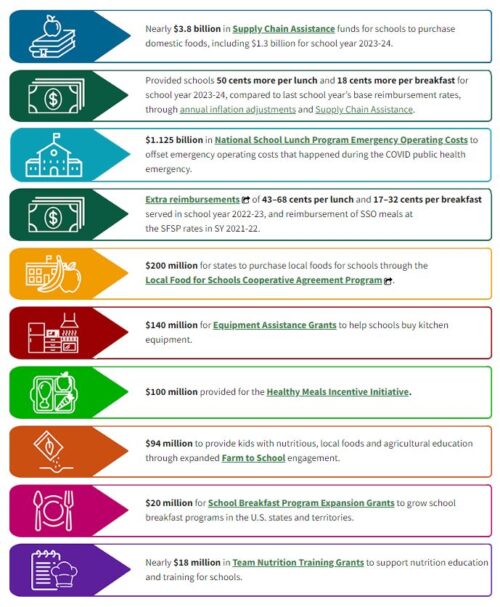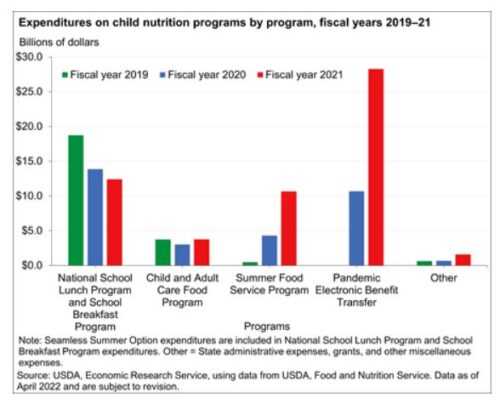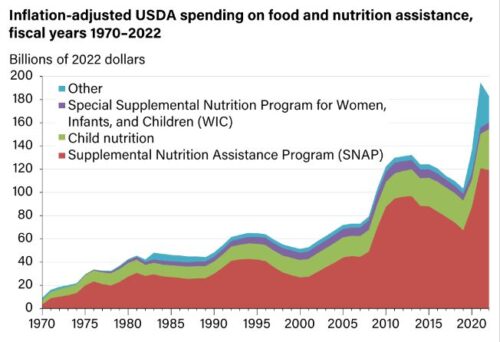USDA’s “Specialty Crops.” Translation: Food.
The USDA has just announced Investments to Strengthen U.S. Specialty Crops Sector.
The launch of the Assisting Specialty Crop Exports (ASCE) initiative will provide $65 million for projects that will help the specialty crop sector increase global exports and expand to new markets. Additionally, today USDA is announcing $72.9 million in grant funding available to support the specialty crops industry through the Specialty Crop Block Grant Program. The Specialty Crop Block Grant Program (SCBGP) will fund innovative projects designed to bolster the competitiveness of the expanding specialty crop sector. Specialty crop exports totaled $24.6 billion in FY2023, representing 13.8 percent of total U.S. agricultural exports.
“Specialty crops” is USDA-speak for fruits, vegetables, nuts, and grains—the food plants everyone, including the USDA, recommends for health.
The USDA co-sponsored Dietary Guidelines say:
A healthy dietary pattern consists of nutrient-dense forms of foods and beverages across all food groups, in recommended amounts, and within calorie limits. The core elements that make up a healthy dietary pattern include:
• Vegetables of all types—dark green; red and orange; beans, peas, and lentils; starchy; and other vegetables
• Fruits, especially whole fruit
• Grains, at least half of which are whole grain
The USDA, however, defines “Specialty” crops as
Fruits and vegetables, tree nuts, dried fruits, horticulture, and nursery crops (including floriculture).
It lumps edible foods, herbs, and spices together with inedible annual and perennial bedding plants, potted house plants, cut flowers, and Christmas trees, among others. So the new money supports export of all of them, not just food.
The money—$65 million—is hardly a rounding error compared to the billions spent on support of commodity crops like corn and soybeans.
Commodity crops go for food for animals and fuel for automobiles; only a tiny fraction goes for food for people.
Despite the Dietary Guidelines, the USDA support of food for people is minimal. Hence, “Specialty.”
We need the USDA to refocus its priorities on food for people and environmental sustainability.
Hey—I can dream.




